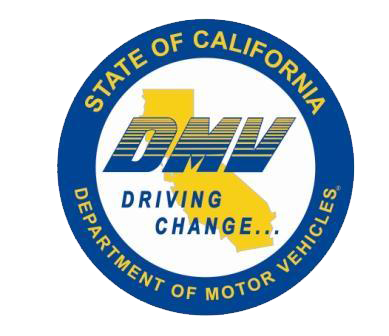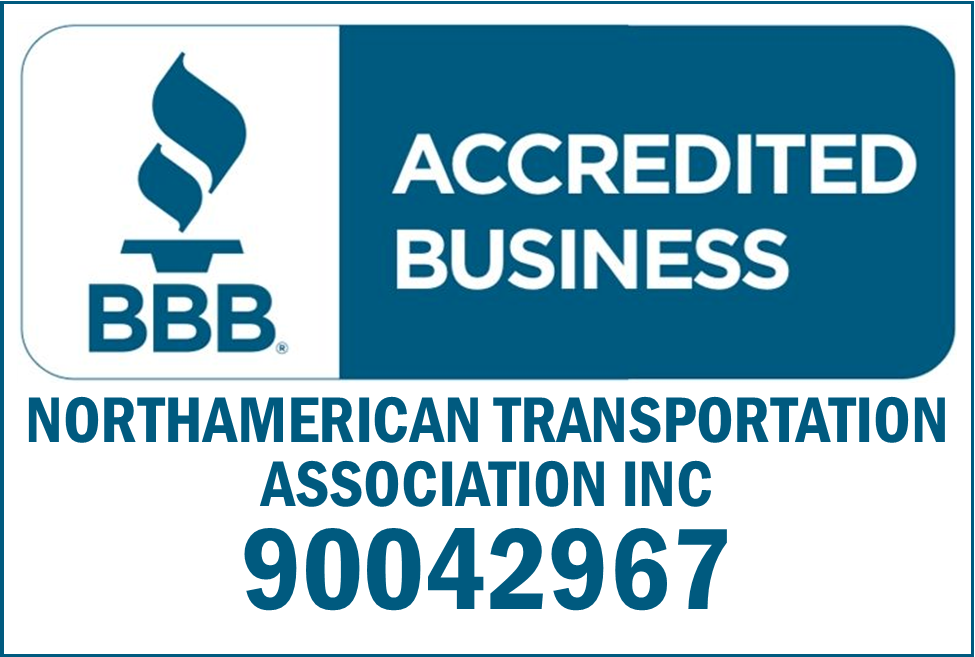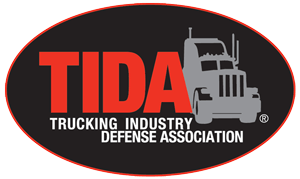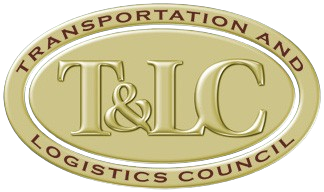Court Reinstates Trump-Era Independent Contractor Definition But Don’t hold Your Breath!
From our friends in Washington, D C and Atlanta, GA, we recently learned that a Texas judge has ruled that a new, more business-friendly definition of independent contractor published in the final days of the Trump administration must be reinstated, because the Biden administration failed to give enough time to comment on its rulemaking that walked back the Trump definition.
Last May, the U.S. Department of Labor announced the withdrawal of the Trump administration rule, which would have made it harder to prove workers were employees rather than independent contractors under the Fair Labor Standards Act.
On March 14, the Eastern District of Texas, U.S. District Court, granted a summary judgment to the plaintiffs in Coalition for Workforce Innovation et al v. Walsh et al. Those included the Coalition for Workforce Innovation (of which the American Trucking Associations is a member), as well as the Associated Builders and Contractors, and the Financial Services Institute.
In a news release, the plaintiffs praised the court’s decision, saying it “will have a significant impact as independent work continues to grow as a popular way for millions of people to work.”
The business groups argued that the DOL’s “hasty and unjustified action [withdrawing the rule] violates the Administrative Procedure Act, compounding a violation that began when the department improperly delayed the effective date of the rule in 2021 without proper notice and comment and without any substantial justification.”
The Trump-era Independent Contractor Definition
Under the Trump administration, the Department of Labor tried to simplify that definition of independent contractor, adopting an “economic reality” test to determine a worker’s status as an employee or an independent contractor. The test considered whether a worker is in business for himself or herself (independent contractor) or is economically dependent on a putative employer for work (employee). The rule set up two “core factors” in making the determination: Nature and degree of control over work, and opportunity for profit or loss based on initiative and/or investment.
The Trump rule also addressed in its preamble issues relevant to the traditional leased owner-operator model in trucking, including long-term relationships between parties, the issue of how safety and other government mandates may affect the contractor relationship, and that piece rates (e.g., pay by load or mile) would not conclusively define IC status.
The independent contractor definition rule was initially scheduled to take effect on March 8, 2021. Shortly after Biden took office, on February 5, 2021, the department published a proposal to delay the rule’s effective date until May 7. On March 4, 2021, the department published a final rule delaying the effective date. On March 12, 2021, it issued the proposal to withdraw the rule entirely, and in early May, announced the final rule of the withdrawal.
The plaintiffs in the lawsuit said the measly 19-day comment period for that final rule did not give stakeholders enough time to provide meaningful feedback. The judge apparently agreed.
“The withdrawal of the duly finalized economic realities test was both procedurally and substantively defective, and the Coalition is pleased it has been vacated as a matter of law,” said Evan Armstrong, chair of CWI, in a news release. “The department's actions undermined the very independent workers they purported to protect. CWI believes the updated economic realities test appropriately reflects the modern economy and looks forward to working with the Department of Labor to further support independent workers and the choices they make for themselves, their families, and their livelihoods.”
What's Next for Independent Contractor Status?
For now, the court ruling reinstates the Trump administration definition of independent contractor. But it's doubtful that will remain permanent.
The Department of Labor could appeal the decision and ask for a stay in making the Trump rule effective until the appeal has been decided.
It is also possible that the DOL will simply follow the guidance of the court and republish the rulemaking it had issued, but instead provide the proper 30-day notice.
This option might be more efficient but the Texas court also cited the decision to repeal the rule as improperly not considering alternatives to repeal. This has left a question as to what alternatives would need to be considered as an open question. Consequently, the DOL might chose to appeal rather than try to pursue proper notice and then once again face the second issue of not properly considering other alternatives.”
Either way, he said, “The Biden administration has made no secret of its preference for the Teamster-favored ABC test,” which makes it very difficult to prove a worker is an independent contractor.
While many suggest such a test cannot be created by agency rule-making and would require a legislative act of Congress, a new rule or guidance memo leaning toward an ABC from the Department of Labor might now be deemed a priority to occupy the void, if or when the Trump rule is repealed.
Of course, this would create greater uncertainty as to the definition and use of independent contractors in transportation and further exacerbate the driver/truck shortage of an already strained supply chain.
Probably the most radical change in policy with the new Administration pertains to the National Labor Relations Board (NLRB) and other related Administration initiatives involving organized labor. In January a report was issued by President Biden's Taskforce on Worker Organizing and Empowerment.
The mission is seeking to expand worker and union rights. Most immediately, the NLRB's General Counsel Jennifer Abruzzo instructed the staff to swiftly adopt the White House recommendations to boost union organizing. Abruzzo said she would coordinate with the Equal Employment Opportunity Commission (EEOC), the Department of Labor (DOL), Occupational Safety and Health Administration (OSHA), and other worker-protection agencies to carry out the recommendations.
She said she would also pursue relationships with the Internal Revenue Service (IRS), the Department of Justice's Anti-Trust Division, and the Federal Trade Commission (FTC) to identify employee misclassification that prevents workers from unionizing. She also said she would strengthen the relationship with the Department of Homeland Security to prevent immigration officials from violating workers' labor rights, "regardless of immigration status." She announced among many other measures that the NLRB will begin pursuing court injunctions in cases where employees have supposedly been subject to "threats or other coercive conduct" on the part of employers during union organizing efforts.
The above is just a small portion of the announcements that seem to be coming from the NLRB at least monthly, announcing initiatives to overturn prior NLRB doctrine and take other initiatives to promote not only union organizing, but expanding workers' rights to "mutual aid or protection," even in the absence of a formal union or union organizational campaign.
In some respects, unions are riding "high" right now. In 2021, there was a significant increase in work stoppages in both union and non-union facilities. Some 68% of the public in polls support unions. In spite of these positive developments for unions, the share of private-sector workers who belong to a union actually fell during 2021, to 6.1%. The rate of union membership including both public and private sectors was at 10.3% in 2021, matching the record low in 2019.
In February, President Biden issued an Executive Order requiring large federal infrastructure projects to use project labor agreements, concerning all federally-procured construction projects above $35 million in value. Project labor agreements require a contractor to enter into a collective bargaining agreement for the duration of a specific project, even though only about 10% of the construction industry is union.
Content Disclaimer: Due to the constantly changing nature of government regulations, it is impossible to guarantee the total and absolute accuracy of the material contained herein or presented. NorthAmerican Transportation Association (NTA) cannot and does not assume any responsibility for omissions, errors, misprinting or ambiguity contained. NTA shall not be held liable in any degree for any loss, damage or injury caused by any such omission, error, misprinting or ambiguity present. It is made available with the understanding that NTA is not engaged in rendering legal, accounting or other professional service. If legal advice or other expert service is required, the services of such a professional should be sought.











